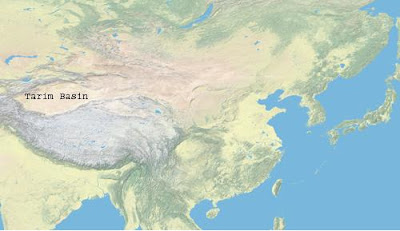Pathos, Subtleties and Passion: Traditional Korean Music
On March 28, I heard a well-attended performance of seven different pieces of Korean music. The performance, titled Pathos, Subtleties and Passion and sponsored by the Center for Korean Studies at the University of Pennsylvania, was given by a traveling group of musicians from Korea in the Rose Recital Hall (Fischer Bennet 419). The performance also featured a special appearance by Sue Yeon Park, a 2008 National Heritage Fellow, of the National Endowment for the Arts.
Out of all the instruments, my favorite was definitely the Saenghwang or 생황. I had seen or heard about most of the other instruments before, as most of them are analogous to ordinary band or orchestra instruments and are pretty common. The Taepyeongso is an oboe played like a trumpet, the Daegeum is like a huge bamboo flute, and the Janggo is an hourglass-shaped drum. The zither is pretty commonly associated with Central European and East Asian music, especially Chinese music. The Saenghwang, though is a very uncommon instrument, even in Korea, and is apparently very difficult to master. It had a deeper, richer tone than the Piri, another oboe-like instrument.
Overall, the program offered extremely diverse repertoire, from classic, opera accompanied with a drum, known as Pansori (판소리), to a Shaman Ritual Dance accompanied by an Instrumental Ensemble, known as Sinawi and Salpuri Chum (시나위, 살푸리장). I wasn’t quite sure of what to make of this last performance, which I found out later is commonly improvised during the performance. It was stunning to hear so many instruments that almost never appear in American band, orchestra, or pop music all playing together at the same time in the same place, live.
F. Miller SAS 2013

Comments
Post a Comment
We follow the House Rules as outlined by the BBC here.